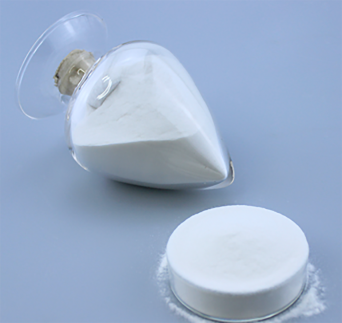
Oct . 13, 2024 18:58 Back to list
HPMC-based Formulations for Enhanced Performance in Pharmaceutical Applications
Understanding HPMC Formulation in Pharmaceutical Applications
Hydroxypropyl methylcellulose (HPMC), a non-ionic, water-soluble polymer, has gained significant attention in the pharmaceutical industry, particularly in drug formulation and delivery systems. This versatile compound has emerged as a critical excipient due to its unique properties, which enhance the effectiveness and stability of various pharmaceutical products.
HPMC is derived from cellulose, a natural polymer found in the cell walls of plants. The modification process involves hydroxypropyl and methyl groups, which increase the solubility and functionality of cellulose. As a result, HPMC possesses excellent film-forming properties, binding capabilities, and controlled-release characteristics, making it an ideal candidate for various pharmaceutical formulations.
Understanding HPMC Formulation in Pharmaceutical Applications
In addition to tablet formulation, HPMC serves as a thickening agent and stabilizer in liquid formulations, such as suspensions and emulsions. Its ability to increase viscosity helps maintain the uniform distribution of active pharmaceutical ingredients (APIs) within the formulation. This aspect is particularly critical in formulations where homogeneity is essential for effective dosing and patient safety. Moreover, HPMC’s non-ionic nature minimizes the risk of interactions with APIs, preserving their activity and efficacy.
hpmc formulation

HPMC is also widely used in controlled-release formulations. By modifying the viscosity and molecular weight of the polymer, formulators can create matrices that release the drug over extended periods. This controlled release is particularly beneficial for chronic conditions, where maintaining consistent drug levels in the bloodstream is crucial. For instance, HPMC-based hydrophilic matrices have been developed for the sustained release of antihypertensive medications, helping to improve patient adherence to treatment regimens.
Another important application of HPMC is its role in the development of ophthalmic formulations. HPMC’s ability to retain moisture and form gels makes it an excellent choice for eye drops and other ocular preparations. These formulations can provide prolonged contact time with the eye, enhancing the bioavailability of the active ingredient. Additionally, its biocompatibility and non-irritating properties make it suitable for sensitive applications in the ocular field.
The versatility of HPMC also extends to solid lipid nanoparticles (SLNs) and nanostructured lipid carriers (NLCs), where it acts as a stabilizing agent. These novel drug delivery systems aim to improve the solubility and bioavailability of poorly soluble drugs. HPMC contributes to the stability of these nanoparticles, ensuring that the drug remains encapsulated until it reaches the target site in the body.
Furthermore, HPMC is beneficial in the formulation of various dosage forms, including capsules, films, and coatings. It can be used as a release agent in enteric-coated formulations, protecting the drug from degradation in the acidic environment of the stomach and ensuring its release in the more neutral pH of the intestine.
In conclusion, HPMC is an invaluable component in pharmaceutical formulation, offering a wide range of benefits that enhance the performance and stability of various products. Its binding, thickening, and controlled-release properties make it indispensable in tablets, liquids, and innovative drug delivery systems. As research continues to uncover new applications and benefits of HPMC, its role in the pharmaceutical industry is poised to grow even further, driving advancements in drug formulation and patient care.
-
Unlocking the Benefits of HPMC Products: A Gateway to Versatile Applications
NewsAug.07,2025
-
Unleashing the Potential of HPMC Ashland: A Comprehensive Look
NewsAug.07,2025
-
Tile Bonding Cellulose: The Key to Superior Adhesion and Durability
NewsAug.07,2025
-
Hydroxypropyl Methylcellulose Powder: The Versatile Component in Modern Pharmaceuticals
NewsAug.07,2025
-
Hydroxyethyl Cellulose: The Versatile Solution for Various Industries
NewsAug.07,2025
-
Hydroxyethyl Cellulose (HEC): The Versatile Polymer for Various Applications
NewsAug.07,2025







